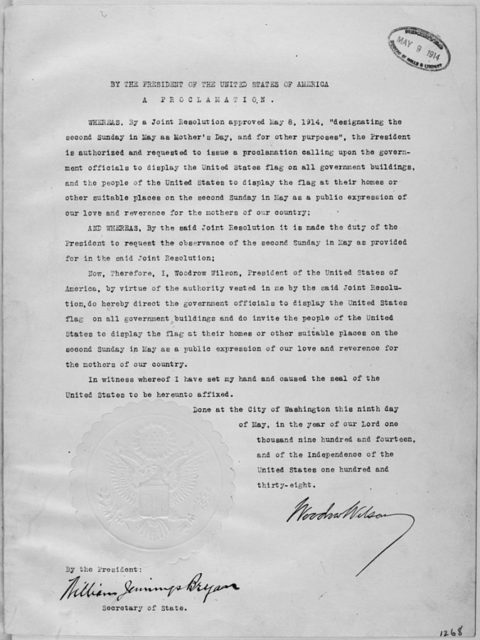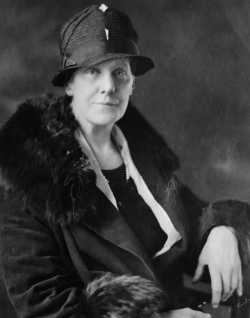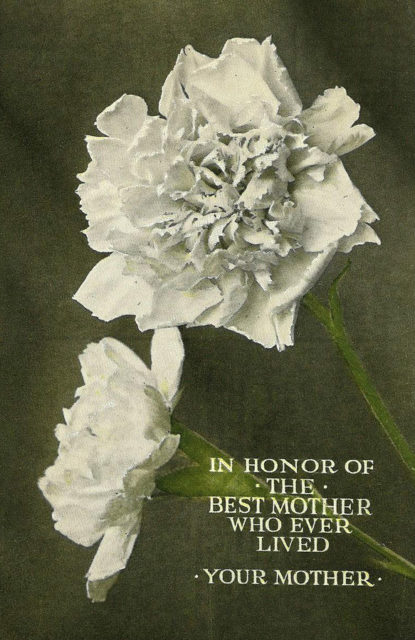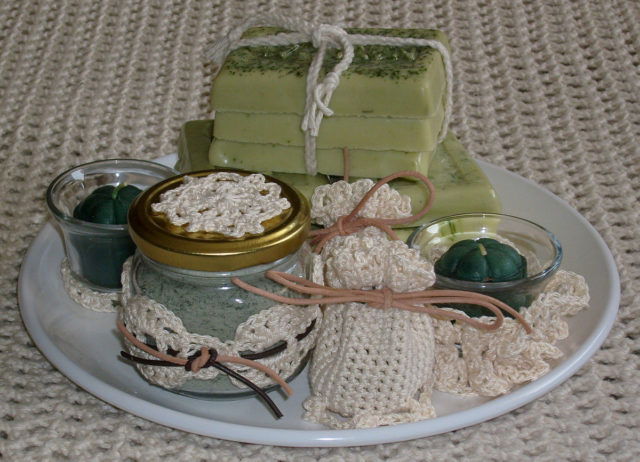The heart of a mother is a deep abyss at the bottom of which you will always find forgiveness.
– Honore de Balzac
Every second Sunday in May, the United States marks Mother’s Day, appreciating and cherishing mothers and motherhood.
The first attempts at establishing such a day were back in the 19th century. Women’s peace groups gathered around the US to take part in activities together and oppose all war. The first meetings were most likely made up of mothers of sons who had fought on opposite sides of the American Civil War.
In 1868, Ann Jarvis created a committee to establish a “Mother’s Friendship Day.” Jarvis’s group intended to reunite families that had been divided during the Civil War. Previously, she had also organized “Mother’s Day Work Clubs,” who worked to improve sanitation and health during typhoid outbreaks. Her vision was to expand all that into an annual celebration of mothers, but she sadly passed away in 1905, before she could popularize it.

Near the end of the 19th century, Julia Ward Howe led a “Mother’s Day for Peace” in New York, and later in Boston. Her event was another anti-war observance first conducted on June 2, 1872. The celebration of peace was accompanied by an “appeal to womanhood throughout the world,” which today is better known as the Mother’s Day Proclamation — a call for women everywhere to come together for peace. This early form of Mother’s Day lasted for ten years before it died out.
Another local observance of a “Mother’s Day” was recorded in Albion, Michigan, on May 13, 1887. This one was spawned by the local temperance movement, which was campaigning for a ban on alcohol.
In the early 20th century Frank E. Hering, an administrator at the University of Notre Dame in Indiana, advocated for an annual nationwide celebration of mothers and motherhood. Supposedly, he was inspired when he saw a class of Notre Dame students sending penny postcards home to their mothers.

However, Mother’s Day emerged in its present form thanks to Anna Jarvis, daughter of the above-mentioned Ann Jarvis. She continued where her mother had left off, and on May 12, 1907, she held a small service in Andrews Methodist Episcopal Church in Grafton, West Virginia. The church hosted the same Sunday school where Jarvis’s mother used to teach. The first “official” Mother’s Day service was conducted a year later, in an improved ceremony on May 10, 1908. By the next year, Mother’s Day had spread rapidly and was widely celebrated in New York.

Jarvis kept on campaigning to establish Mother’s Day officially, first as an American national holiday and later as an international one. West Virginia became the first state to declare it a holiday in 1910, and other states were quick to follow. Finally, On May 8, 1914, Congress passed a law naming the second Sunday in May as Mother’s Day. President Woodrow Wilson followed with an official proclamation the next day, declaring the first national Mother’s Day as a day for all Americans to honor those mothers whose sons had lost their lives in wars.
Not even a decade later, Mother’s Day started to become commercialized. For Anna Jarvis, who had put so much effort into establishing Mother’s Day, this was not in the spirit of the celebration. Jarvis actually went on to spend her entire inheritance, and the rest of her life, fighting what she saw as a violation of the event’s purpose.

Read another story from us: Margaret Sanger: the woman who led the birth control movement
If it hadn’t gone this way, Mother’s Day might have died out just like other holidays from that era. Temperance Sunday and Children’s Day never caught on and avoided the commercialization. Fortunately, it survived, and this year we’ll observe Mother’s Day on Sunday, May 14.
